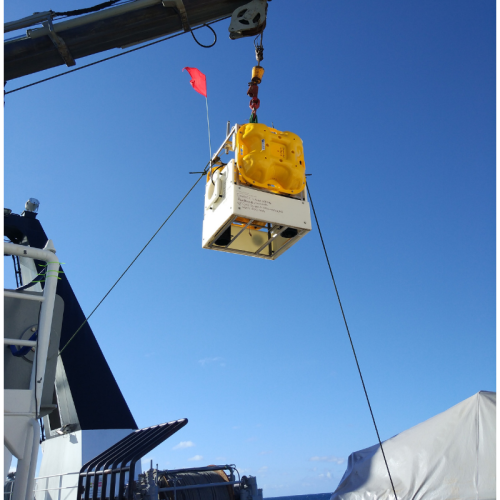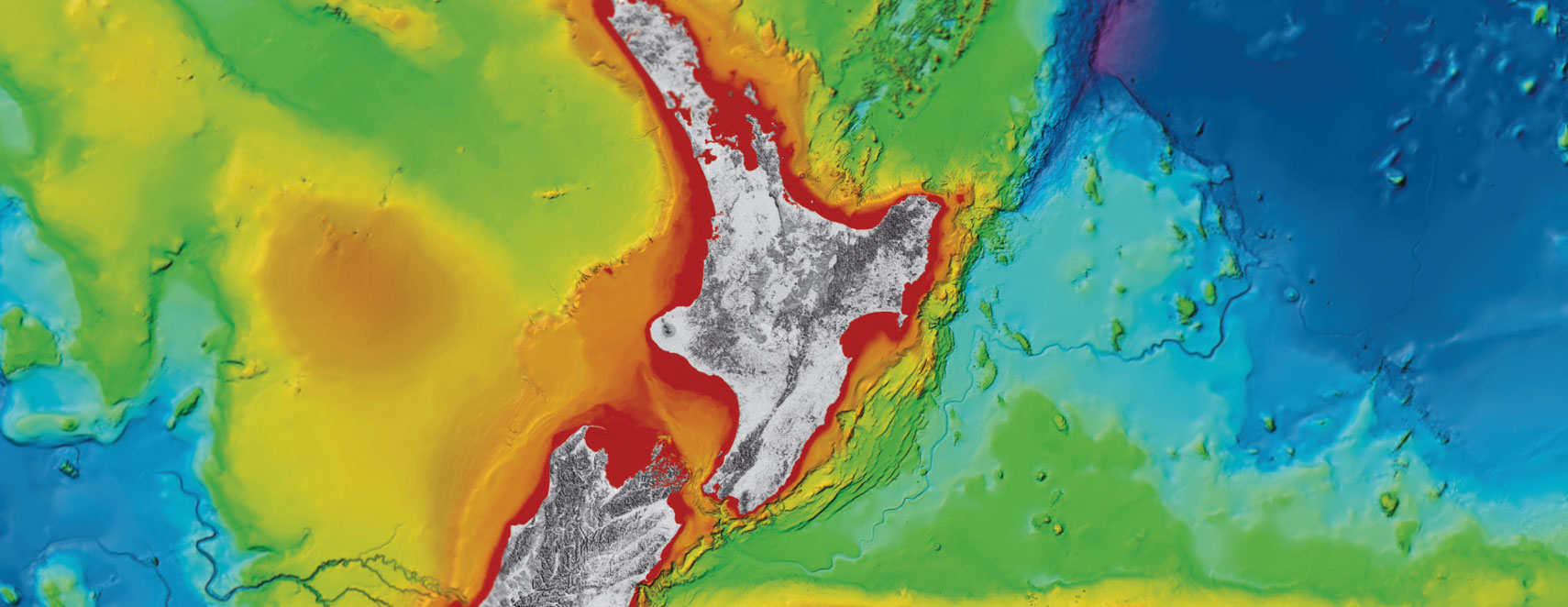
Tangaroa Voyage Blog #2 First few days at sea

Weiwei Wang and Katie Woods are two PhD students from Victoria University of Wellington who will blogging about their first ever voyage on the research vessel Tangaroa.
We departed from Wellington for our research voyage at 4pm on Saturday 6th October. Our first shift started at midnight on 6th October and finished at noon on the 7th October. For the entire voyage, we will both be on the same twelve hour shift with the same duty – midnight-noon at the watch stand in the Bridge.
Our duty is to keep a log of everything that happens: instrument deployments, recoveries, any problems that arise, and also check whether the ship is heading to the correct location.
There are scientists, instrument engineers and ship crew onboard. There are three crew members who take turns (one every four hours) working in the Bridge. The instrument and ship engineers are the people who physically work with the instruments during deployment and recovery. They also keep a recording of the instruments.
As we write this blog we are over half way through our third shift on the ship. So far seven instruments (deployed in 2017) have been recovered and we have deployed ten instruments and have twenty deployments and six recoveries to go.
For deployments, the ship approaches the planned station location and a crane releases the instrument into the water. Recoveries are a bit more exciting to us as when the ship passes over the position of the seafloor instrument, a release code is transmitted to it and the instrument soon starts to rise
We must spot, once it has surfaced, it in order to recover the instrument. We look for red flags (during the day) or bright flashing lights (at night time). The ship then has to be maneuvered so that the instrument is close enough to be caught and brought onboard.
We have each gone down onto the deck to watch the crane pulling the instruments out of the water, as shown in the photo, and learnt some components of the instruments and how they work. It’s interesting to see how clean and untouched the recovered instruments look after sitting on the seafloor for a year.
It’s been quite difficult adjusting our schedules so we are awake during the night and asleep during the day. We are tired but gradually getting used to the schedule.
The waves seem to have been rather gentle and we have not been seriously sea sick (yet). It is a lot warmer onboard that we were expecting and the food is very tasty! Especially the cakes! The cooks on the ship provide us with many choices of food and each meal is different so we are not going to be tired with one kind of food. Sadly we miss evening meals because we sleep at that time, but the cakes and snacks are always available!
Disclaimers and Copyright
While every endeavour has been taken by the East Coast Lab Hikurangi Subduction Zone M9 to ensure that the information on this website is
accurate and up to date, East Coast Lab Hikurangi Subduction Zone M9 shall not be liable for any loss suffered through the use, directly or indirectly, of information on this website. Information contained has been assembled in good faith.
Some of the information available in this site is from the New Zealand Public domain and supplied by relevant
government agencies. East Coast Lab Hikurangi Subduction Zone M9 cannot accept any liability for its accuracy or content.
Portions of the information and material on this site, including data, pages, documents, online
graphics and images are protected by copyright, unless specifically notified to the contrary. Externally sourced
information or material is copyright to the respective provider.
© East Coast Lab Hikurangi Subduction Zone M9 - www.eastcoastlab.org.nz / +64 6 835 9200 / info@eastcoastlab.org.nz
